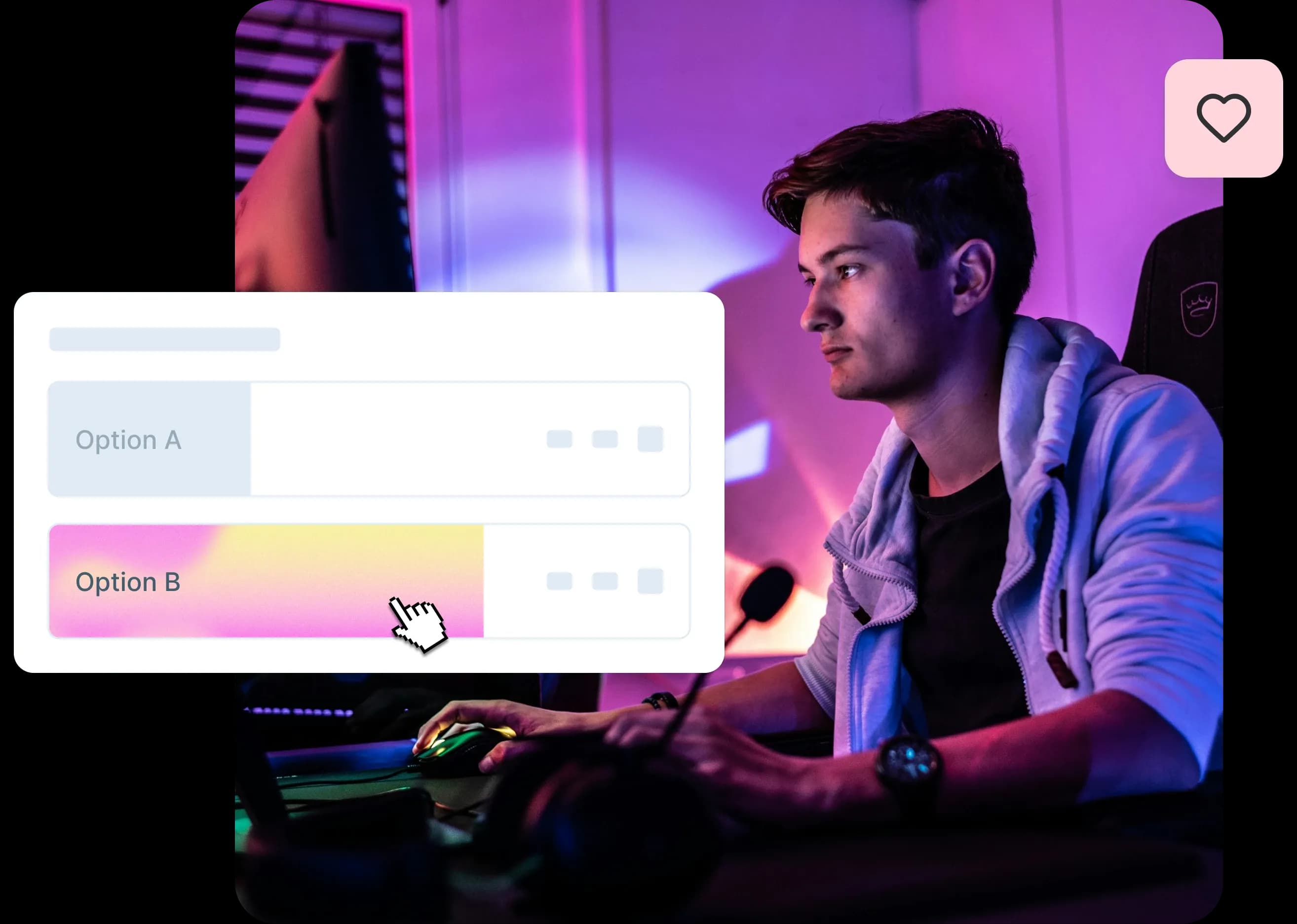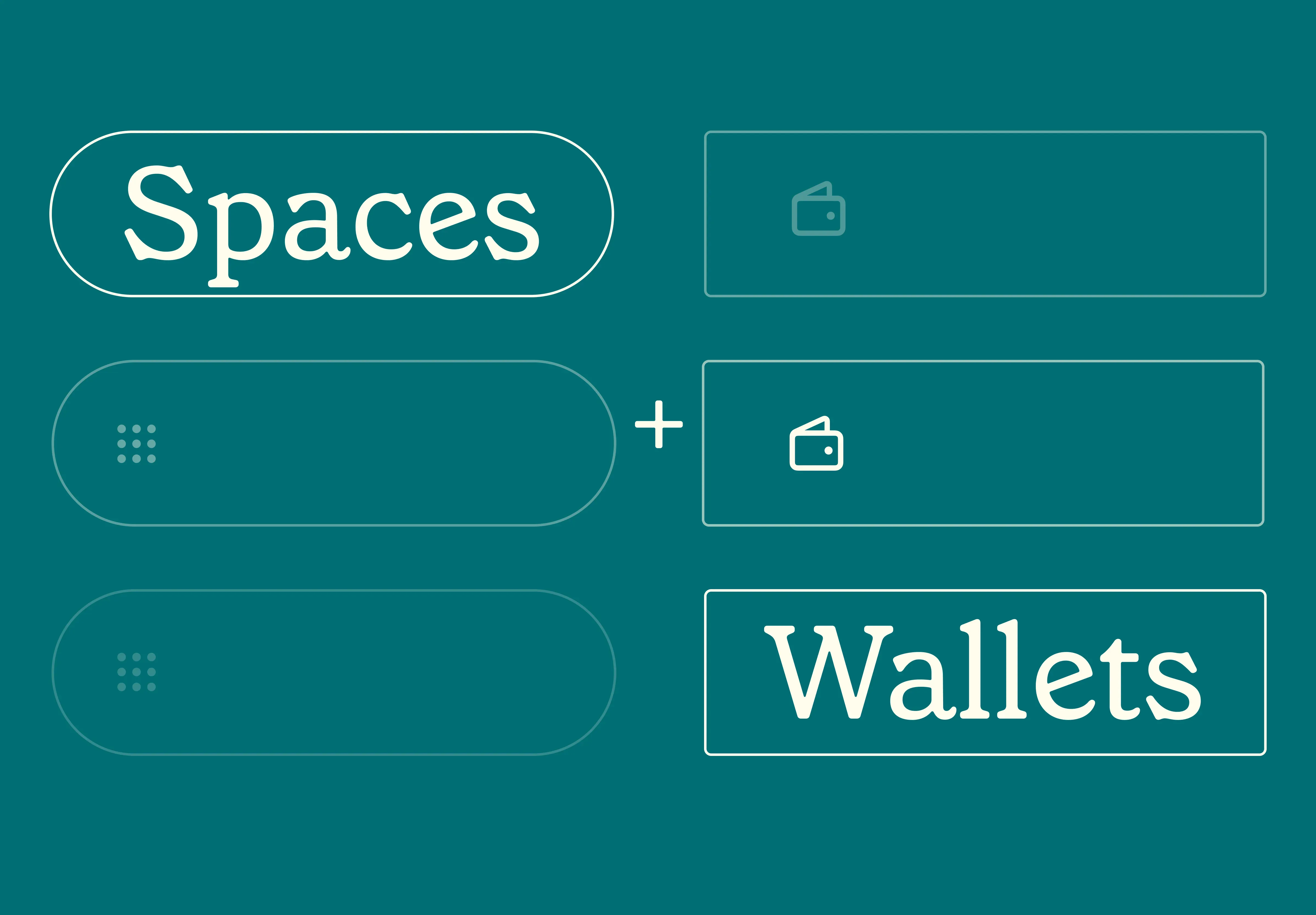14 Nov 2025
|8 min
Five user research lessons from scaling a design community
Discover how Design Buddies founder Grace Ling applies user-centered thinking to build products and experiences that genuinely serve people's needs.

Grace Ling's approach to understanding users isn't traditional. As founder of the Design Buddies community and former UX designer at EA Games, she's developed ways to deeply understand what people need through direct observation, genuine conversation, and iteration based on real user behavior.
Her methods have proven effective at scale. Design Buddies now serves over 150,000 members, but more importantly, it consistently delivers value that changes people's careers. The secret lies in practices that prioritize understanding real user context over collecting data points.
Here are five key lessons from Grace's user-centered approach that any designer or researcher can apply.
Watch our full conversation with Grace below to hear more about her journey from game design to community building.
1. Research real user behavior, not what you think users want
Grace's approach to understanding her users focuses on observing real behavior, in addition to running surveys and collecting feedback. She measures community health through genuine user actions and unsolicited feedback.
"I measure that based on how many happy people I see at my meetups and the happy people in Design Duddies. And how many people personally reach out to me on LinkedIn, or on Instagram or on Discord, about how much Design Buddies has changed them or how they learn design, how they landed a job."
Rather than traditional metrics, Grace watches what people actually do: Do they show up repeatedly? Do they voluntarily share their experiences? Do they recommend the community to others?
The research insight: Users' actions reveal their true needs more accurately than their stated preferences. Grace discovered that people weren't just seeking career advice – they wanted genuine connection with peers facing similar challenges.
What you can do: Before designing solutions, spend time observing how users currently solve the problem you're trying to address. Look at their workarounds, the tools they've cobbled together, and the informal networks they've created. This approach often reveals needs that user interviews might miss.
2. Use direct user feedback to validate your assumptions
Grace has developed a rapid feedback loop that helps her quickly validate whether new initiatives serve real user needs.
One example: "We do weekly portfolio reviews and they've been getting a lot of engagement ... So I see a lot of people sign up for it and show up as well."
When something works, she sees clear behavioral signals: high signup rates, strong attendance, and unprompted positive feedback. When something doesn't work, those signals disappear quickly.
Real example: Grace tried launching a one-on-one connection feature but discovered through user behavior that it wasn't meeting real needs:
"A lot of people were ghosting everyone and the connections they made were vague. So we ended up sunsetting that."
What you can do: Build feedback loops that combine behavioral data (what users do) with sentiment data (how users feel). Don't just look at usage metrics – pay attention to the quality of engagement and user-generated content about your product.
3. Know when to go deep vs when to move fast with user insights
Grace has developed intuition about when to invest heavily in understanding user needs versus when to test quickly and iterate based on user response.
The approach: Grace doesn't believe in democratic decision-making for every product choice: "I don't believe in a fully democratic community. Because if everyone's a decision maker, no one is a decision maker. So what I try to do is I try to collect as much feedback as I can, feedback from people who disagree with each other, and just collect as many perspectives as I can."
She balances comprehensive feedback gathering for major decisions with rapid iteration for smaller experiments. When something doesn't work, she moves quickly to sunset it, as she did with the one-on-one connection feature that wasn't meeting user needs.
What you can do: Develop criteria for when you need comprehensive user research versus rapid testing. Strategic decisions affecting core user workflows deserve deep research. Tactical features can often be validated through quick experiments and user behavior observation.
4. Design for serendipity and unexpected connections
One of Grace's most interesting concepts is "designing for serendipity" – creating opportunities for unexpected, positive interactions that can't be engineered but can be encouraged through thoughtful design.
Design Buddies creates multiple touchpoints for connection: weekly coworking sessions, portfolio reviews, local meetups across continents, and even house parties. The key is providing various formats that appeal to different personalities and connection styles.
Research insight: You can't force meaningful connections, but you can create the conditions where they're more likely to happen. Grace designs multiple low-pressure environments where people can interact organically around shared interests or goals.
What you can do: In your product or research practice, create opportunities for unexpected discoveries. This might mean leaving open-ended questions in user interviews, designing collaborative features that users can adapt for their own needs, or creating spaces in your interface where users can interact in unstructured ways.
5. Let user needs guide product decisions, even when it's hard
Perhaps the most challenging aspect of user-centered design is making decisions that serve user needs even when they conflict with business metrics or personal preferences. Grace has faced this repeatedly as Design Buddies has grown.
"I'm never going to add a paywall to Design Buddies. I never want to, because I feel like we've been able to grow so much, so greatly for that as well."
This decision comes directly from understanding her users' context: many are students, career changers, or early-career designers who can't afford premium community memberships. Keeping the core community free serves their real needs, even though it creates monetization challenges.
The user research: Grace understands her audience deeply and has built her monetization strategy around serving their real needs and constraints. Instead of compromising user value, she's found business models that align with user success: helping companies hire from her community and offering paid programs for people ready to invest in career acceleration.
What you can do: When facing product decisions, always return to your core user research. What do you know about your users' context, constraints, and real needs? Sometimes the most user-centered decision is the hardest business decision, but it often leads to stronger long-term product success.
Bringing these lessons to your research practice
Whether you're conducting user interviews, testing prototypes, or making product decisions, these principles can help you develop deeper user understanding:
Observe real behavior in addition to collecting stated preferences through surveys and interviews.
Build rapid feedback loops that combine quantitative usage data with qualitative user sentiment.
Match research depth to decision importance – not every product choice needs extensive user research.
Map complete user workflows to understand how your product fits in users' broader context.
Let user needs guide difficult decisions, even when they conflict with easier business choices.
The most important takeaway from Grace's approach is that user research isn't a phase of product development – it's an ongoing practice of staying connected to the people you're trying to serve.
Put these lessons into practice
Ready to strengthen your user research? Sign up for Lyssna free and start understanding what your users really need.
You may also like these articles


Try for free today
Join over 320,000+ marketers, designers, researchers, and product leaders who use Lyssna to make data-driven decisions.
No credit card required





